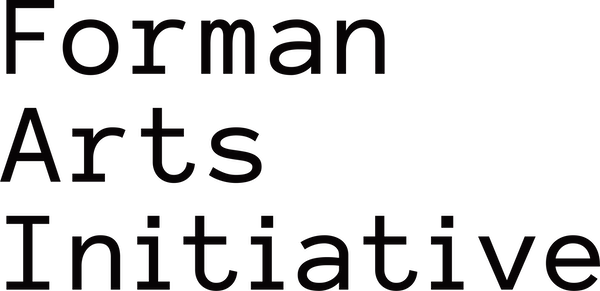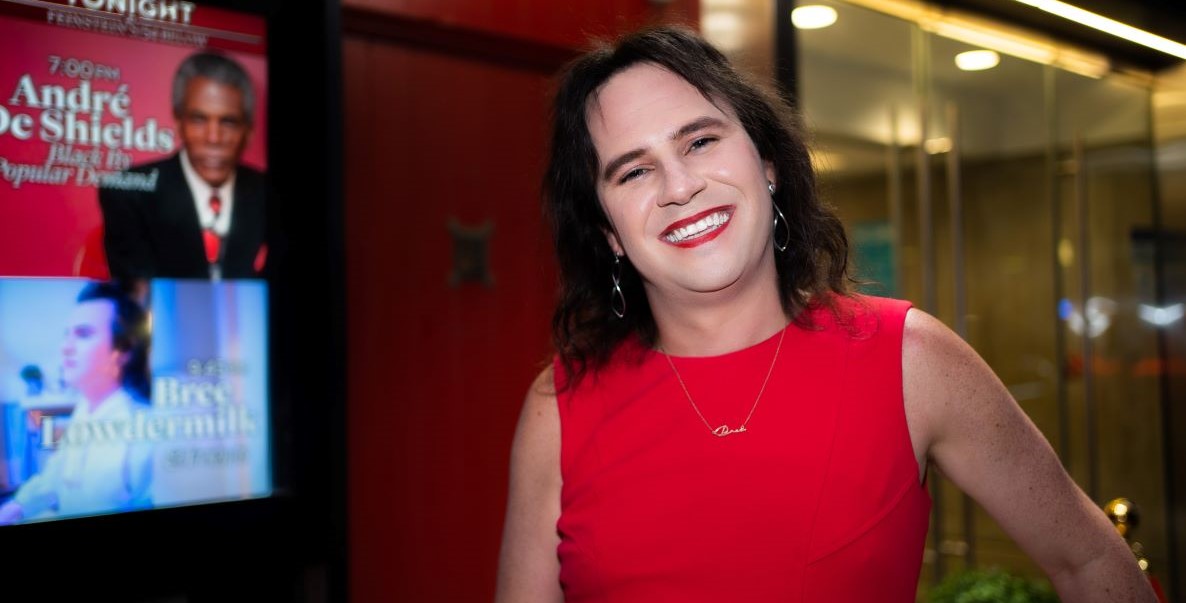West Philadelphia must have one of the most exciting music scenes in the country. It’s a place where artists and friends work together to throw shows primarily for each other. There’s the free PorchFest with performances in front of residential homes; groups with ever-shifting lineups like Sing Slavic and West Philadelphia Orchestra reinventing folk music traditions; and the house shows and underground raves at venues with names like Bounce House or The Pouch. Nestled among all of that DIY energy is Bree Lowdermilk, a renowned composer reimagining musical theater.
Seated at the pristine white piano that anchors her West Philly living room, Lowdermilk writes songs for children and adults that embrace the dramatic flare of traditional musical theater while experimenting with fresh ideas about gender in storytelling and casting. Her recent musicals include: JUSTICE, which tells the stories of the first women on the Supreme Court; Ernxst, a play for high schools with entirely gender-agnostic casting; and Rosie Revere, Engineer, which introduces young learners to topics in STEM education and is based on Andrea Beaty’s children’s book of the same name.
As part of a partnership with Forman Arts Initiative, the Citizen caught up with Bree Lowdermilk. The interview has been condensed and edited for clarity.
RJ Rushmore: What brought you to Philadelphia?
Bree Lowdermilk: I was living in Manhattan. Even though I had a lot of creative community, everyone was geographically spaced out from one another. I wanted to be somewhere I could own a home and raise a kid, while maintaining easy access to New York for my work. But more than anything, I wanted a deeper sense of community in my immediate neighborhood.
I feel like I found all that and more in Philly, both queer community and creative community. I’d never experienced having so many people who I’m interested by and care about within a quick walk of my home. My first exposures to creative community in Philly were people whose primary sources of income were things like making hand pans and artistic metallurgy. I thought, Oh, cool. You can make a living doing that here. Neat. What else are people doing? Because you’re not going to be able to afford to make a living selling hand pans in Midtown, unless I’m really misjudging the market for hand pans.
Does the home you’ve built affect your process?
I’m polyamorous. I live with more than one partner and I’m parenting a child within community. I had the experience recently of running into a friend I hadn’t seen in four years. And I said, “You won’t believe it. We have this communal house and I have a kid, and my boyfriend lives here, and my wife lives here, and her metamour lives here.”
He looked super unfazed and said, “Well, yeah, that’s what you said you were going to do. When you were first moving to Philly four years ago, you said, We’re going to get this big house and fill it with people we love and build lives and community. And now you’re doing it.”
I said, “Oh, sure. But that was just in theory. Now we’re actually doing it. It feels very different.”
It is similar to how I make these musicals, which are theoretical. They’re just blueprints for what might happen. And then suddenly, there’s 2,000 kids in a theater actually singing along to songs about the benefits of girls learning STEM. You look out on these kids, and you’re like, Now I really understand why I wrote these songs. This makes sense now. Hopefully, it makes sense as I’m writing it too, but not always.
Also, musical theater in its nature is a deeply collaborative art form. Around the table, you frequently have folks who do words and music but also scenic design, lighting, and hair. People from so many different disciplines come together to make good theater. So I feel like that was always second nature to me. Now I just get to have that more collaborative quality in all parts of my life.
How do you describe your corner of the Philly creative community?
I did some work in New York in immersive theater. We were raising money for a production with a $2.5 million budget. That kind of scale does something to a production. There’s something really beautiful about people getting together and saying, Climb through this fence behind the Walmart. We’re doing the show on the pier tonight. You make art and just see how it works out. And that’s what I get to experience here. I’m on the board at Applied Mechanics, which is utilizing groundbreaking non-hierarchical structures in their leadership and storytelling. I’m a fan and supporter of Bearded Ladies Cabaret, which has rightfully become one of our city’s most beloved institutions. This city is full of newer, younger theater companies experimenting and presenting exciting work.
Have you produced a show on Walmart Pier?
I have not yet produced a show on Walmart Pier, but stay tuned. Maybe I can remount one of my children’s musicals there. That would be an odd fit but delightful.
I would love to see that. You’ve written a lot for younger audiences, but most of that was written before you were a mom yourself.
It’s true. I still have not had the experience of bringing my child to see one of my shows, but I have a musical based on the series of children’s books, Rosie Revere, Engineer, that starts touring on the West Coast this fall. I don’t know when it’s coming east, but I have high hopes of getting to bring my toddler to see that. A lot of my writing partners are also moms, so I’ve had the experience of watching them bring their kids to see our shows. It’s definitely something I’m looking forward to.
Has having a kid changed how you write for kids, or for adults?
Definitely. I write much faster now.
And what is the difference between writing for kids versus adults?
Kids will let you know immediately when you’ve lost them. There is nothing like having accidentally gone a little too long in an audience of 2,000 4-year-olds. You feel so guilty to the kids, to the teachers, to the parents, to everybody. You’re thinking, Oh God, you’re all trapped here. You’re hungry. You’re tired. You’re cranky. And it is my fault. I really should have gotten to act two faster. I’m so sorry.
No one wants to flop the school assembly. You’ve made a point of encouraging nontraditional or gender-expansive casting in your productions. How are you doing that?
Right now I’m working on Ernxst, an adaptation of Oscar Wilde’s The Importance of Being Earnest for high schools, with the amazing non-binary playwright Justin Elizabeth Sayre and my longtime writing partner Kait Kerrigan. After a pilot production this fall, Concord Theatricals is licensing the show to high schools and local theaters across the country and around the world.
All the roles are written using non-gendered language, whether it’s in stage directions, dialogue, or vocal parts. All of the vocal parts were conceived for gender-expansive casting.
The musical theater canon can be very prescriptive around gender. Almost all roles are written on the binary. When I was younger, I spent a lot of time stealing other people’s harmonies, trying to sing the girl parts and the high notes. I knew what I wanted to be doing, and I wasn’t allowed. A lot of roles just don’t exist yet for the performers I love most, and it’s a real honor to get to create some of those, especially for high schoolers.
What else do you want to see more of in musical theater?
Large casts and epic storytelling. It takes a lot to get me out of the house, so I don’t mind something that’s more ambitious. I don’t mind sitting for two and a half or three hours. I want to see earnest heartfelt storytelling with well-developed characters and diverse casts. I want to see new playwrights and new songwriters. I wouldn’t be sad to have some larger orchestras too because, yeah, my heart still beats Les Mis.
RJ Rushmore is a writer, curator and public art advocate. He is the founder of the street art blog Vandalog and culture-jamming campaign Art in Ad Places. As a curator, he has collaborated with Poster House, Mural Arts Philadelphia, The L.I.S.A. Project NYC and Haverford College. Rushmore’s writing has appeared in Hyperallergic, Juxtapoz, Complex and numerous books. He holds a B.A. in Political Science from Haverford College, where his thesis investigated controversies in public art.
 This story is part of a partnership between The Philadelphia Citizen and Forman Arts Initiative to highlight creatives in every neighborhood in Philadelphia. It will run on both The Citizen and FAI’s websites.
This story is part of a partnership between The Philadelphia Citizen and Forman Arts Initiative to highlight creatives in every neighborhood in Philadelphia. It will run on both The Citizen and FAI’s websites.
![]() MORE FROM OUR ART FOR CHANGE SERIES
MORE FROM OUR ART FOR CHANGE SERIES



